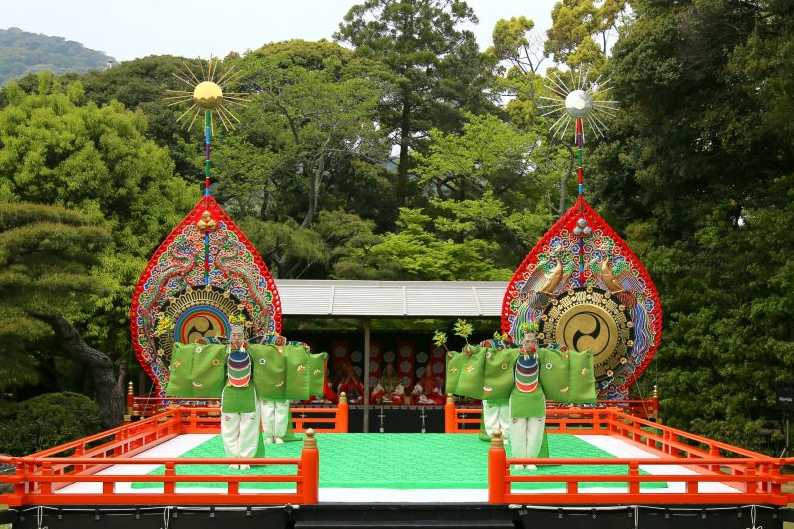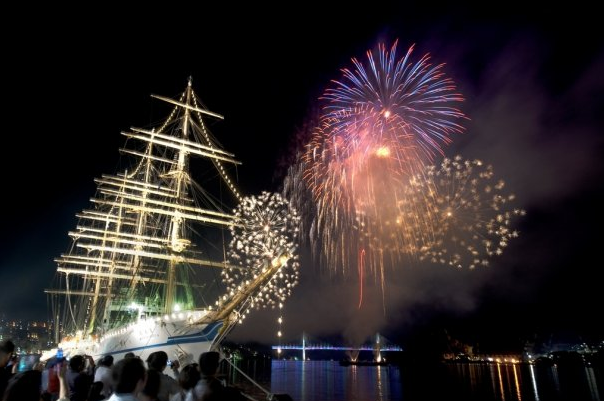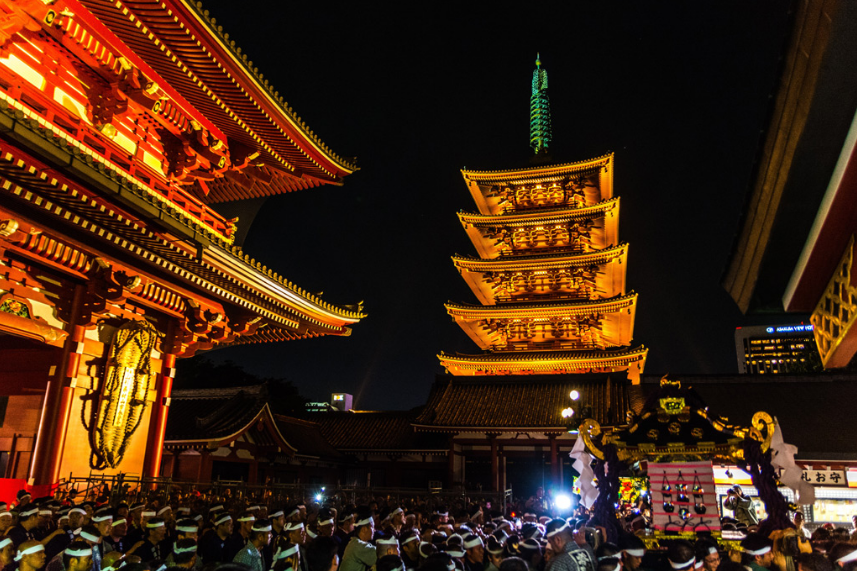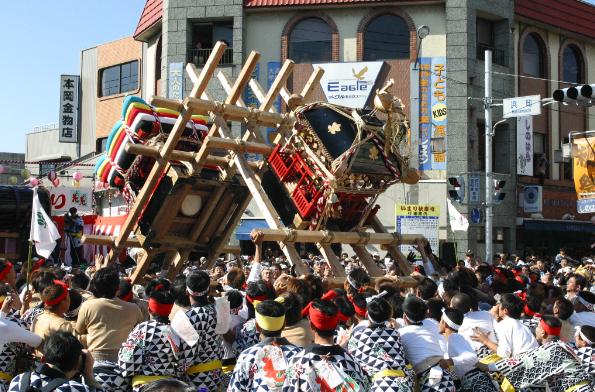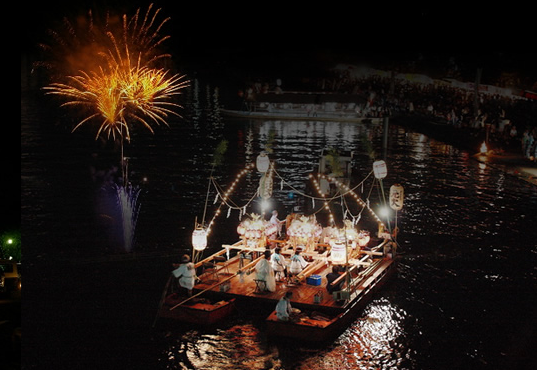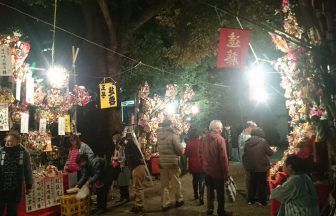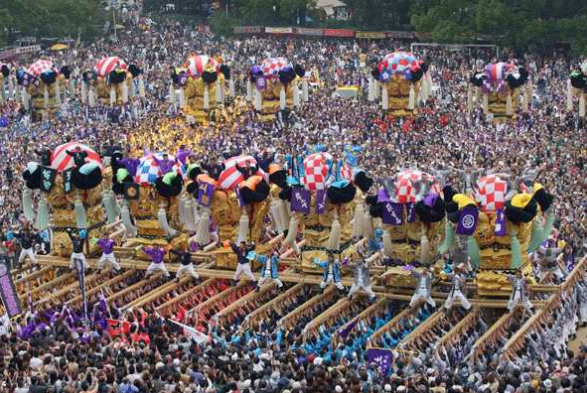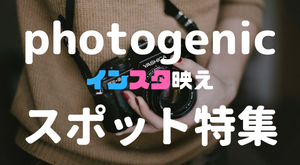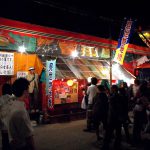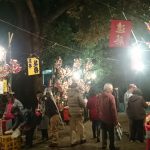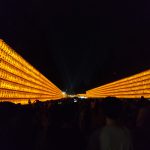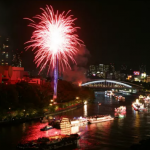Ise City: The “Divine City”
Ise City, which has developed as the town at the gates of Ise Grand Shrine, is known as the “Divine City.” Ise Grand Shrine is a must-visit spot if you ever find yourself in Ise City.
The Oharai-machi street, which leads to the inner shrine of Ise Grand Shrine, is lined with shops that exude a retro atmosphere, making it an ideal spot for a leisurely stroll and a taste of Ise’s traditional charm during your shrine visit.
For those traveling with children, a visit to Ise Sea Paradise, where you can interact with sea lions and harbor seals, is highly recommended. The opportunity to see and touch sea creatures up close is sure to delight your children.
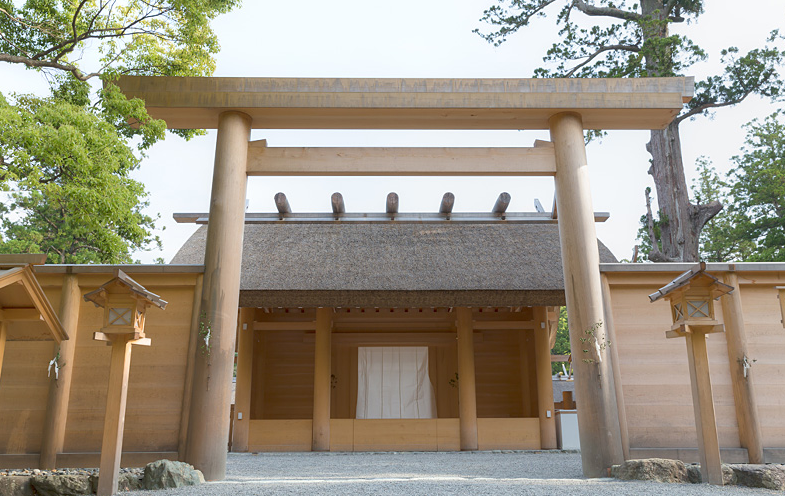
Source: Ise Grand Shrine Official Website
Let’s Go to the Kagura Festival!
Location: Inner Shrine of Ise Grand Shrine
Dates: Spring Kagura Festival: April 28-30 every year Autumn Kagura Festival: September 21-23 every year
Access: 15 minutes by bus from Kintetsu “Iseshi Station” to the bus stop “Naiku-mae,” then a short walk. 15 minutes by bus from Kintetsu “Ujiyamada Station” to the bus stop “Naiku-mae,” then a short walk. About 10 minutes from the Ise IC on the Ise Expressway via Route 23.
Website: Ise Grand Shrine Kagura Festival
The Kagura Festival, held every spring and autumn at the inner shrine of Ise Grand Shrine, is a ceremony that has been conducted since the early 20th century. The festival aims to express gratitude for the blessings of the gods and to pray for national peace, while also making the traditional court music known as “gagaku” widely available to the public.
The Kagura Festival is held over three days, including “Showa Day” in spring and the “Autumnal Equinox Day” in autumn. During the festival, traditional performing arts by renowned artists and prestigious schools are dedicated on the stage of the shrine’s garden.

Source: Ise Grand Shrine Official Website
What are “Kagura” and “Gagaku”?
Firstly, “Kagura” refers to the songs and dances performed as offerings to the gods in Shinto ceremonies. Often seen during shrine festivals, the style of kagura was established in the mid-Heian period.
Kagura is categorized into “Mikagura,” which is performed at the imperial court’s sacred place known as “Naisho,” and “Satokagura,” which is performed among the general populace. Generally, “kagura” refers to satokagura, which developed among common people and often varies by region.
“Gagaku,” on the other hand, is not originally from Japan but was brought to Japan through China and the Korean Peninsula. Known as the world’s oldest orchestra, it combines traditional Japanese music and dance with those introduced from China and Korea, resulting in a uniquely Japanese art form.
The general form of gagaku was established around the 10th century, and the mikagura mentioned earlier is part of gagaku.
A Variety of Mystical and Divine Traditional Arts
Several traditional arts are performed at the Kagura Festival, each one mystical and divine, captivating the audience.
The first performance is “Enbu,” which originates from an ancient Chinese legend. Dancers in layered costumes wield halberds to calm the heavens and earth, celebrating peace and prosperity. This dance, where the halberds cleanse and purify the stage, is considered an auspicious gagaku.
“Karako-Byo” depicts the dance of the Karako, birds that reside in paradise. Originating from India, dancers in red costumes with bird wings on their backs use the sound of bronze clappers to represent the cries of the Karako.
In addition to these, many other traditional performances are dedicated. During the Kagura Festival, the Jingu Tea Room is also open to the public, so why not take a look at that as well?
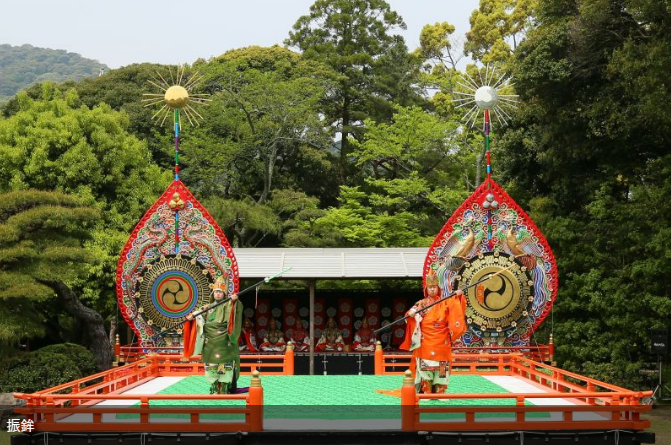
Source: Tourism Mie
Don’t Miss the Mystical Dance Festival at Ise Grand Shrine
Each performance is so grand and mystical that it feels like watching divine beings dance. The festival is held twice a year, around national holidays, making it easier to attend. Why not come and see the traditional court music and dance that have been handed down through the ages in Japan?
Cover image source: Tourism Mie
(Editor:千八乃)


